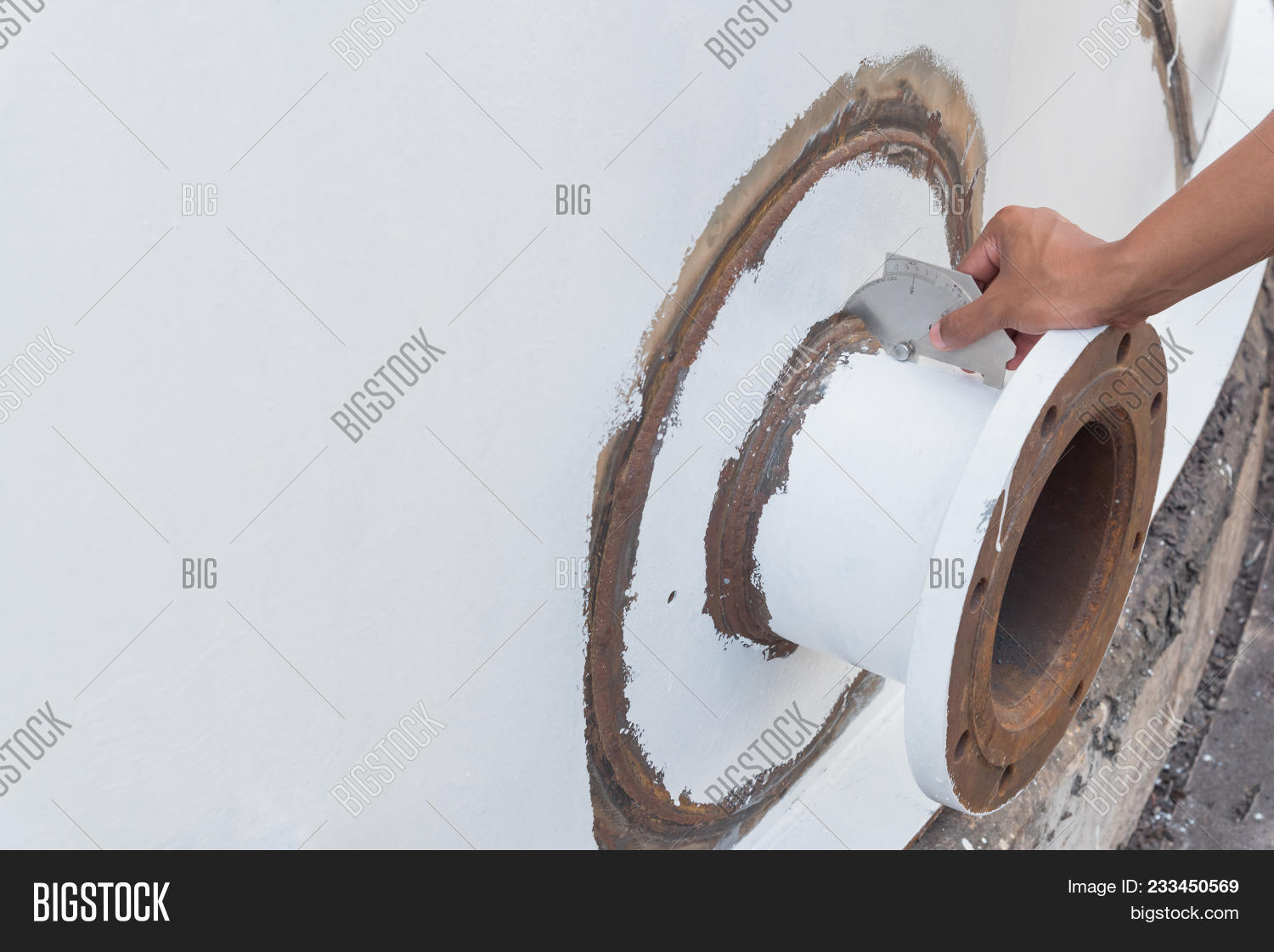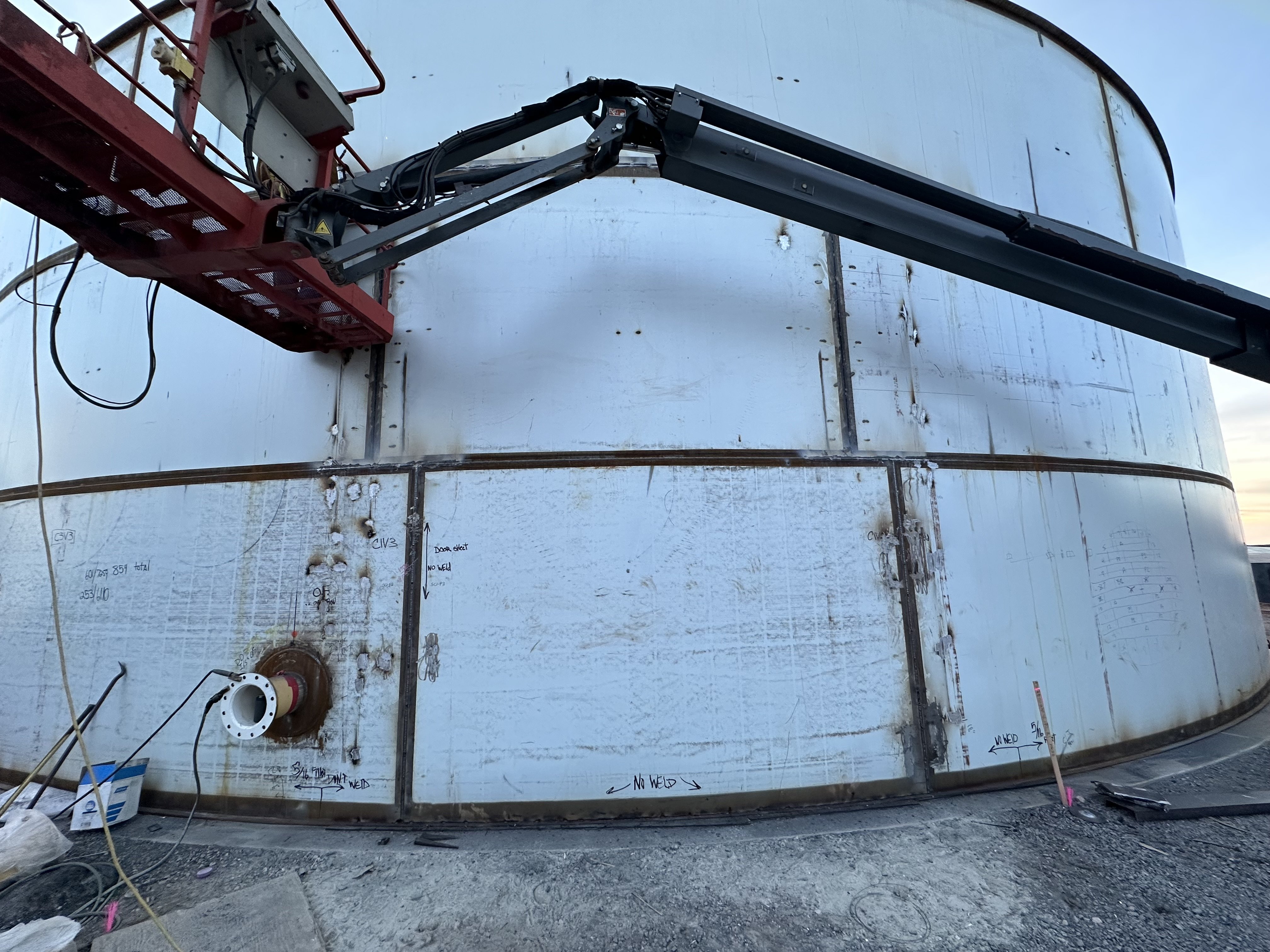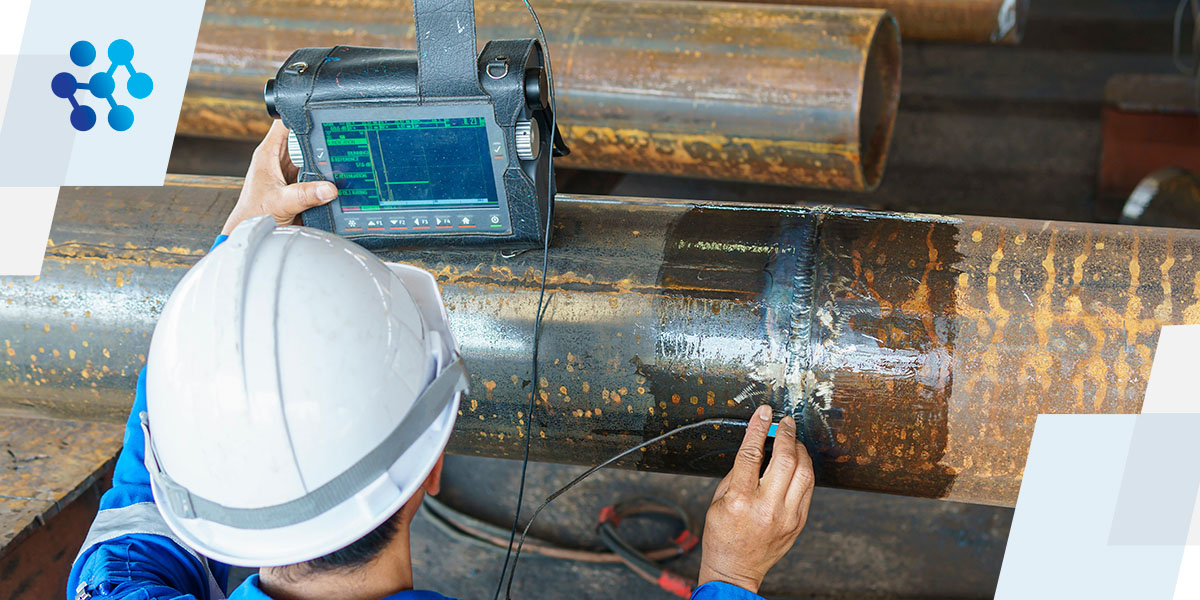The Important Role of Container Welding Examination in Ensuring Structural Stability and Security Conformity in Industrial Applications
In the realm of commercial applications, container welding evaluation arises as a pivotal aspect in guarding structural honesty and ensuring compliance with security laws. Using a mix of strategies such as visual assessments and advanced screening approaches, these examinations serve to determine and alleviate potential defects prior to they rise right into considerable risks.
Value of Container Welding Examination

Guaranteeing compliance with sector requirements and policies is another substantial aspect of container welding assessment. Regulative bodies mandate stringent guidelines for the construction and upkeep of storage space tanks, and extensive evaluations aid companies adhere to these requirements. Non-compliance can cause serious penalties, consisting of penalties and shutdowns, better stressing the demand for strenuous assessment protocols.
Moreover, storage tank welding examination plays an important duty in maintaining operational effectiveness. In summary, the value of container welding inspection lies in its ability to secure public wellness, shield the environment, and make sure conformity with governing frameworks.
Secret Assessment Strategies
Reliable container welding examination depends on a variety of essential strategies that make sure complete analysis of weld top quality and structural honesty. Among the most prevalent methods are visual examination, ultrasonic screening, radiographic screening, and magnetic fragment screening - Tank Welding Inspection. Each approach provides unique benefits in examining different facets of the weld
Aesthetic evaluation works as the first line of protection, enabling inspectors to recognize surface area problems, irregularities, or inconsistencies in the weld bead. Ultrasonic screening utilizes high-frequency sound waves to identify inner problems, such as cracks or gaps, giving a detailed evaluation of weld integrity. This technique is particularly reliable in finding problems that might not be visible on the surface.
Radiographic testing utilizes X-rays or gamma rays to produce photos of the welds, exposing inner interruptions and offering an irreversible document for future reference. This strategy is highly reliable for essential applications where the danger of failure should be decreased.
Last but not least, magnetic bit screening is employed to recognize surface and near-surface problems in ferromagnetic products. By applying electromagnetic fields and fine iron fragments, inspectors can identify stoppages that might jeopardize the architectural stability of the container. Together, these strategies form a durable framework for making look at this now sure high-grade welds in industrial applications.
Conformity With Safety Specifications

Routine assessments play a crucial role in guaranteeing compliance by identifying potential failings or variances from suggested standards. Inspectors are trained to assess weld high quality, validate product requirements, and examine the total structural stability of storage tanks. Their know-how is crucial in making sure that welding processes meet the needed safety and security standards.
In addition, compliance with security criteria not just shields employees but additionally safeguards the environment from potential risks such as leakages or disastrous failures. Organizations that focus on security compliance are better placed to reduce risks, boost functional performance, and cultivate a society of security within their workforce. In recap, preserving rigorous conformity with safety criteria is indispensable for the effective operation of tank welding tasks in industrial settings.
Advantages of Normal Evaluations
Regular examinations are important to preserving the structural honesty and safety and security of bonded tanks. These assessments offer a systematic strategy to determining potential flaws or weaknesses in the welds, ensuring that any problems are addressed prior to they rise into substantial failures. By conducting routine assessments, companies can detect rust, exhaustion, and various other kinds of wear and tear that might compromise storage tank efficiency.
Additionally, consistent assessments add to compliance with sector regulations and requirements. Following these guidelines not just mitigates lawful threats but additionally improves the company's credibility for safety and security and reliability. Routine examinations cultivate an aggressive safety and security society, encouraging employees to recognize and prioritize the importance of equipment integrity.

Study and Real-World Applications
Case researches and real-world applications illustrate the concrete impact of reliable storage tank welding inspection methods. Following the application of strenuous welding inspection protocols, including aesthetic and ultrasonic testing, the center determined critical problems in weld joints that might have led to catastrophic failings.
In a similar important source way, a water treatment plant applied an extensive assessment program for its container welding operations - Tank Welding Inspection. By including non-destructive screening techniques, the plant had the ability to spot very early indicators of corrosion and tiredness in weld joints. This timely intervention prolonged the life-span of the containers and guaranteed compliance with security guidelines, hence safeguarding public health
These study highlight the relevance of regular and systematic storage tank welding assessments. By focusing on these methods, markets can alleviate dangers, improve structural integrity, and guarantee compliance with safety standards, ultimately leading to improved functional performance and minimized responsibilities.

Verdict
Finally, tank welding inspection is an essential component of keeping architectural stability and safety in industrial applications. Using different evaluation techniques makes certain very early detection of potential imperfections, consequently avoiding catastrophic failings. Adherence to security standards further improves operational integrity and compliance with regulatory needs. Eventually, regular assessments not only shield public health and wellness and the environment yet likewise add to the long life and effectiveness of vital assets, emphasizing the crucial role of this method in commercial operations.